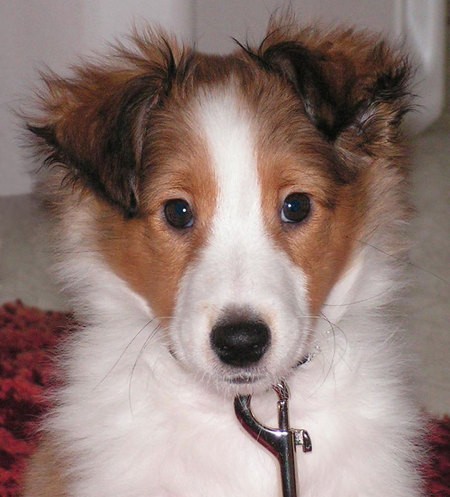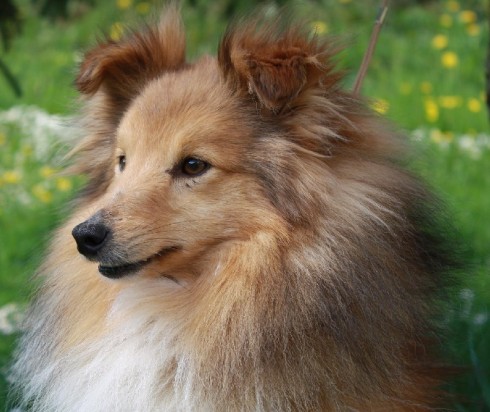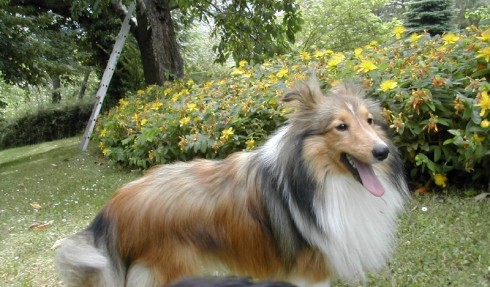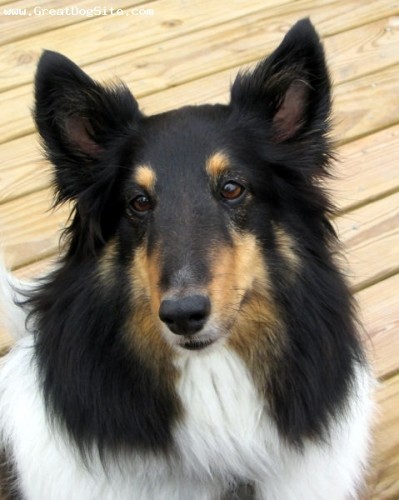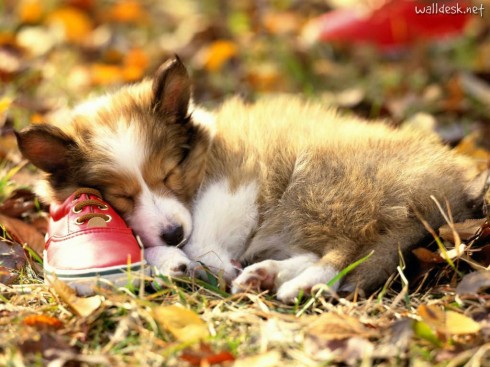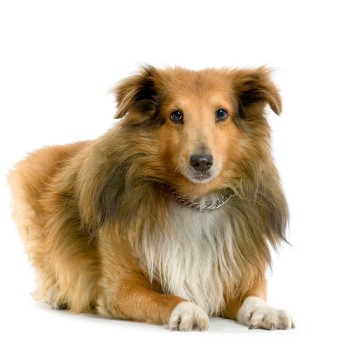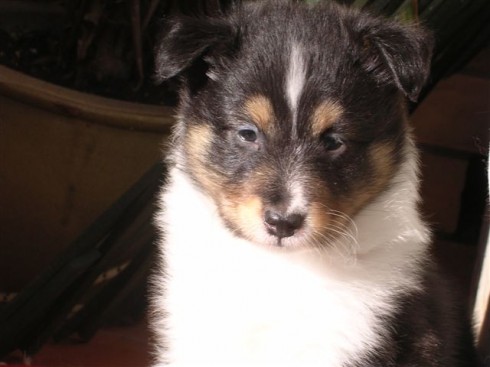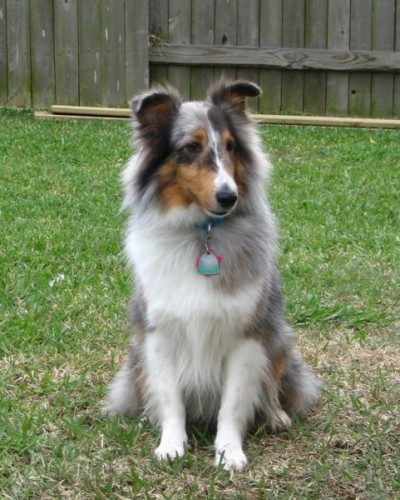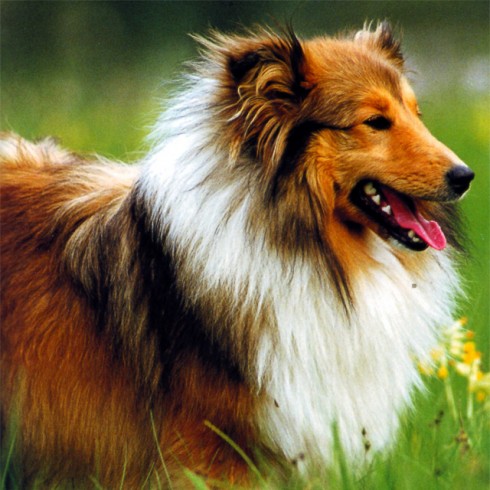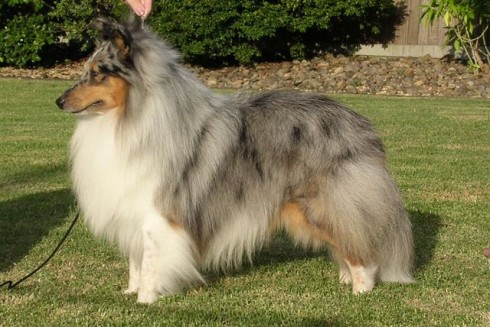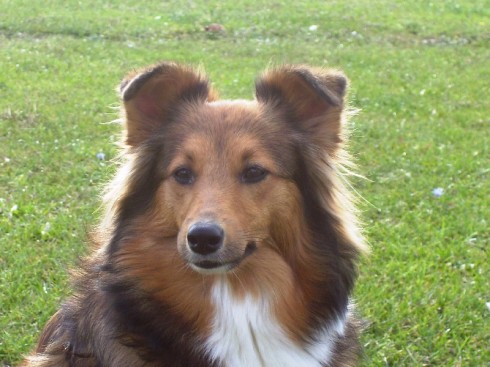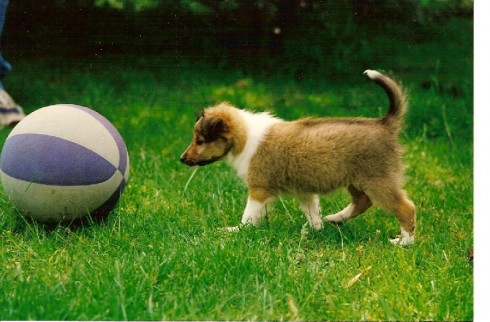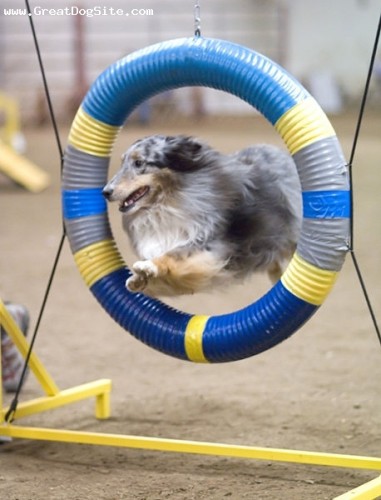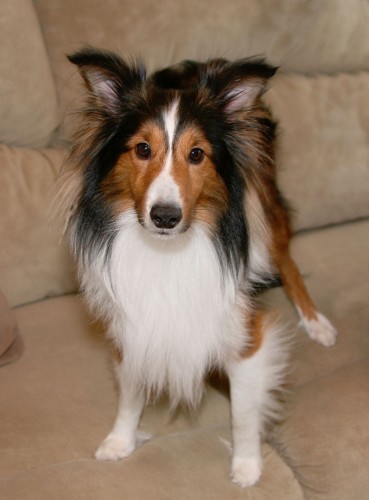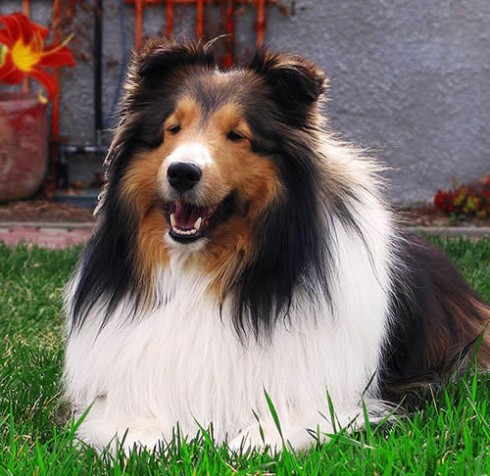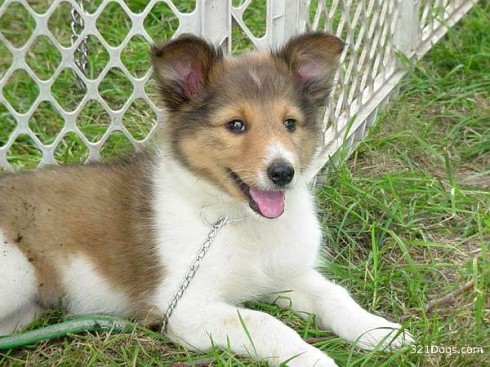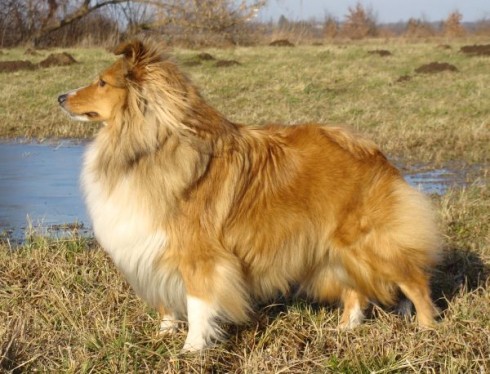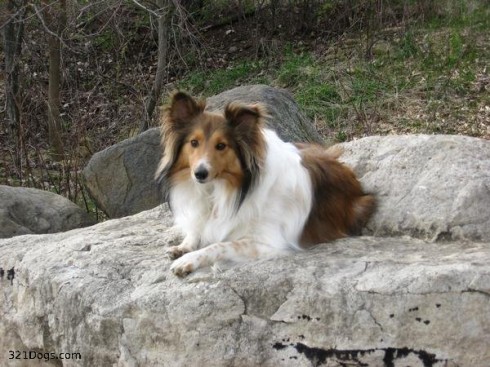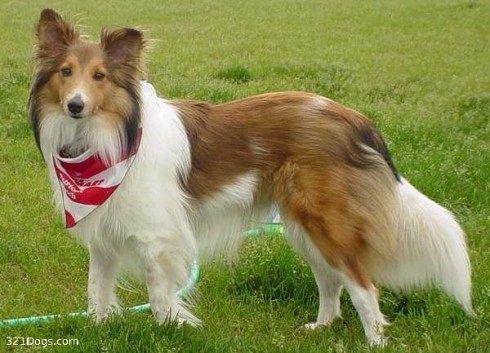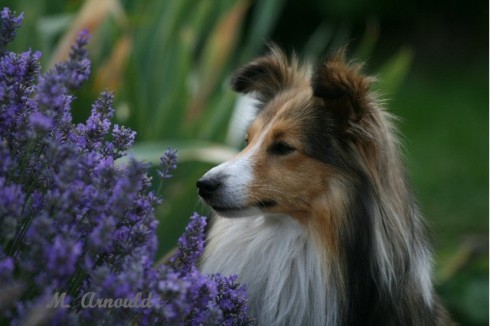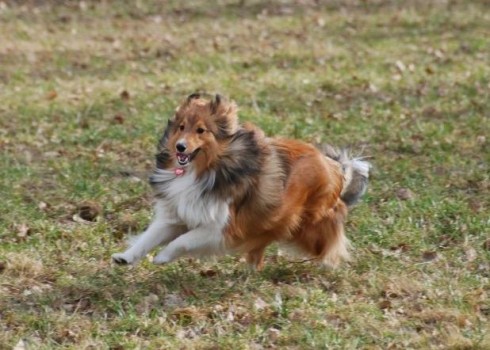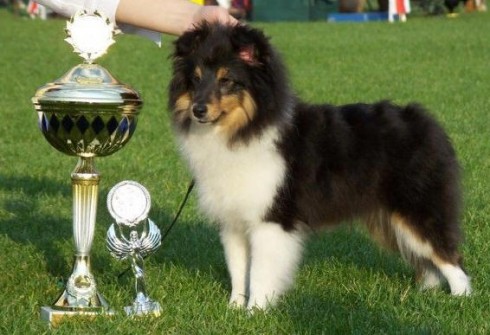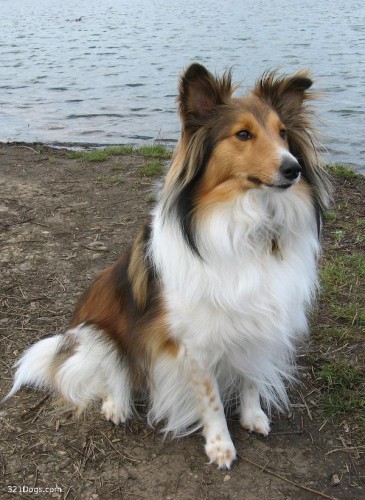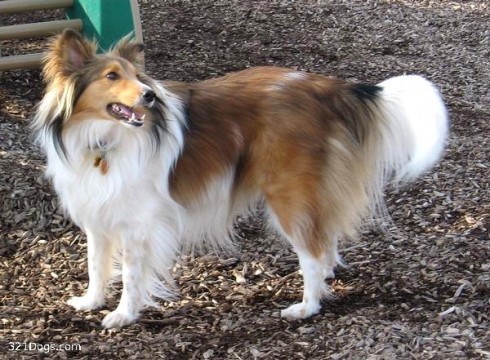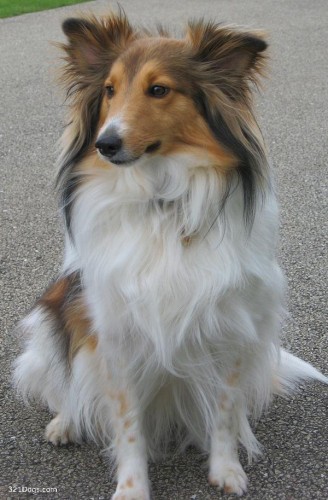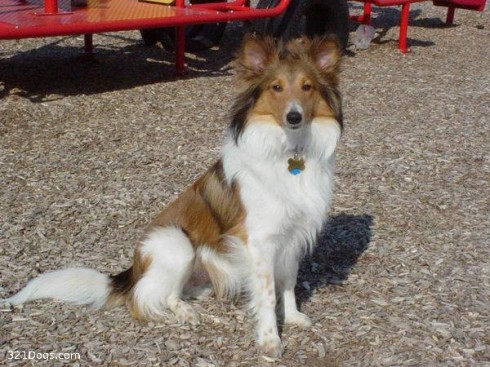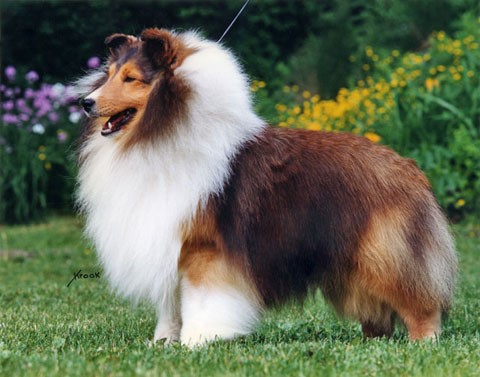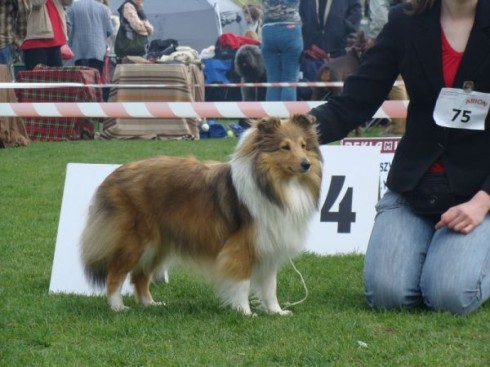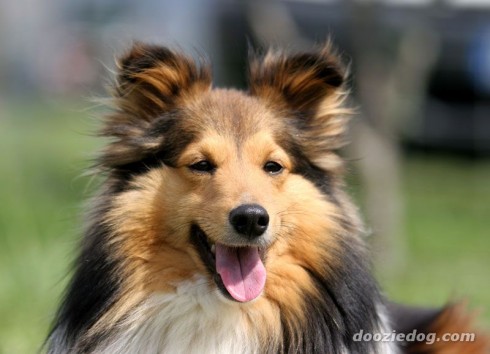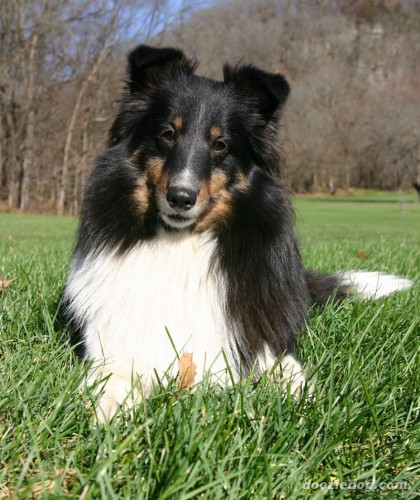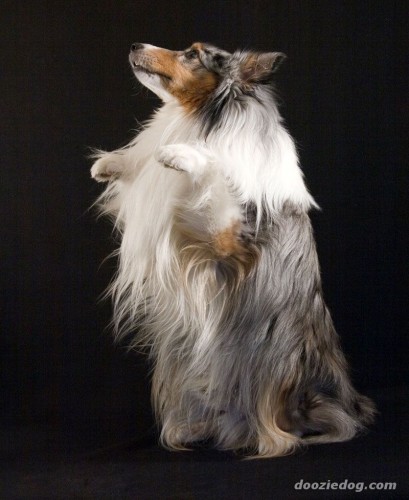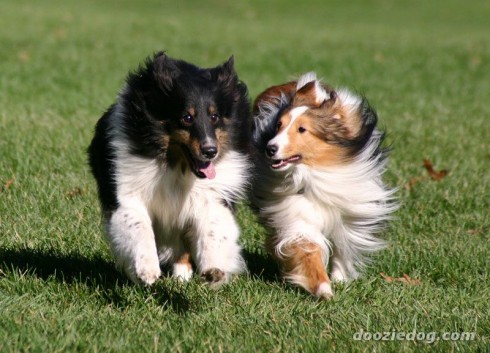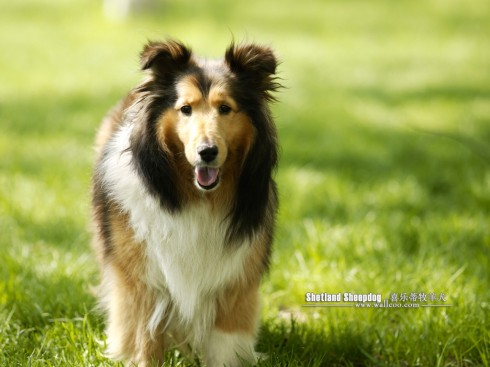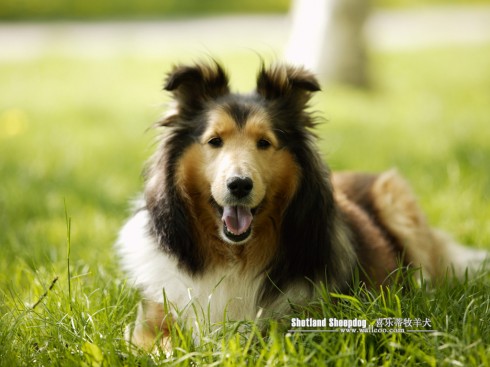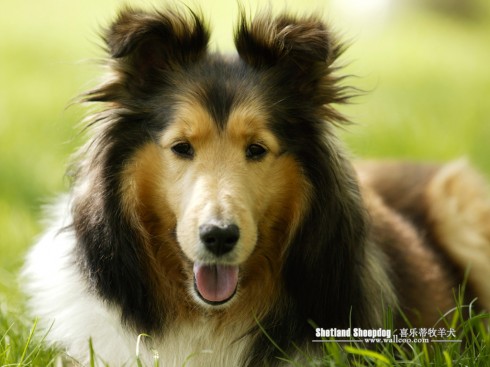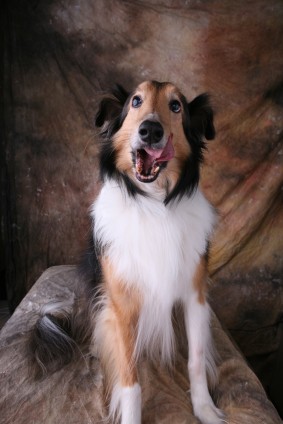Main Index
In Store
Our Web Store
Miniature Schnauzer Picture Gallery
Latest Dog Blogs
- What Are The Basic Commands To Train A Dog?
- PaySafe As The Most Popular Type Of Deposit
- Everything You Need To Know About Pet Sales
- Dogs Contribute To Our Physical And Mental Well Being
- How To Choose Where To Bet On Greyhounds In 2022
- Volunteer With Animals - How To Help Dogs Around The World
- Basic Understanding Of The House Edge
- Why You Should Get A Dog
- Top 20 Popular Dog Names Around The World
- Constipation in Dogs and How to Find Solutions
Shetland Sheepdog
Shetland Sheepdog Picture Gallery
Shetland Sheepdog Clubs/Associations
The Full Shetland Sheepdog Description
Because of his small size, the beautiful Sheltie can be happy in the city or the country. These intelligent, loving, and sensitive dogs become deeply attached to their families. Shelties are famous for their learning ability. Besides being smart, they want to please. Training is a pleasure; a light hand is all that is required. They usually get along well with gentle and thoughtful children.
Did you know?
The Shetland Sheepdog, alias Sheltie, originated in the Shetland Islands as a small herding dog.
So you want to own a Shetland Sheepdog?
The Sheltie is a "watch" dog, not a guard dog; nor is it visually frightening. It will bark at intruders, but after giving warning, may either retreat or escort them through your house.
One of the lovely attributes of the sheltie is the long harsh coat. Brushing the coat for half an hour each week can keep the Sheltie looking his best. The Sheltie will shed at least once a year, the shedding process can be sped up by a warm bath and more complete and more frequent brushing.
Because of its small size, the Sheltie is very adaptable to city living, as long as he is given proper exercise. Shelties are good with children and make delightful family companions.
Indicative Breed Standard
General Appearance
Small, long-haired working dog of great beauty, free from cloddiness and coarseness. Outline symmetrical so that no part appears out of proportion to whole. Abundant coat, mane and frill, shapeliness of head and sweetness of expression combine to present the ideal.
Characteristics
Alert, gentle, intelligent, strong and active.
Temperament
Affectionate and responsive to his owner, reserved towards strangers, never nervous.
Head and Skull
Head refined; when viewed from top or side a long, blunt wedge, tapering from ear to nose. Width of skull in proportion to length of skull and muzzle.Whole to be considered in connection with size of dog. Skull flat, moderately wide between ears, with no prominence of occipital bone. Cheeks flat, merging smoothly into well rounded muzzle. Skull and muzzle of equal length, dividing point inner corner of eye. Topline of skull parallel to topline of muzzle, with slight but definite stop. Nose, lips and eye rims black. The characteristic expression is obtained by the perfect balance and combination of skull and foreface, shape, colour and placement of eyes, correct position and carriage of ears.
Eyes
Medium size obliquely set, almond-shape. Dark brown except in the case of merles, where one or both may be blue or blue flecked.
Ears
Small, moderately wide at base, placed fairly close together on top of skull. In repose, thrown back; when alert brought forward and carried semi-erect with tips falling forward.
Mouth
Jaws level, clean, strong with well-developed underjaw. Lips tight. Teeth sound with a perfect, regular and complete scissor bite, i.e. upper teeth closely overlapping lower teeth and set square to the jaws. A full complement of 42 properly placed teeth highly desired.
Neck
Muscular, well arched, of sufficient length to carry head proudly.
Forequarters
Shoulders very well laid back. At withers, separated only by vertebrae, but blades sloping outwards to accommodate desired spring of ribs. Shoulder joint well angled. Upper arm and shoulder blade approximately equal in length. Elbow equidistant from ground and withers. Forelegs straight when viewed from front, muscular and clean with strong bone. Pasterns strong and flexible.
Body
Slightly longer from point of shoulder to bottom of croup than height at withers. Chest deep, reaching to point of elbow. Ribs well sprung, tapering at lower half to allow free play of forelegs and shoulders. Back level, with graceful sweep over loins, croup slopes gradually to rear.
Hindquarters
Thigh broad and muscular, thigh bones set into pelvis at right angles. Stifle joint has distinct angle, hock joint clean cut, angular, well let down with strong bone. Hocks straight when viewed from behind.
Feet
Oval, soles well padded, toes arched and close together.
Tail
Set low; tapering bone reaches to at least hock; with abundant hair and slight upward sweep. May be slightly raised when moving but never over level of back. Never kinked.
Gait/Movement
Lithe, smooth and graceful with drive from hindquarters, covering the maximum amount of ground with the minimum of effort. Pacing, plaiting, rolling, or stiff, stilted, up and down movement highly undesirable.
Coat
Double; outer coat of long hair, harsh-textured and straight. Undercoat soft, short and close. Mane and frill very abundant, forelegs well feathered. Hindlegs above hocks profusely covered with hair, below hocks fairly smooth. Face smooth. Smooth-coated specimens highly undesirable.
Colour
Sable: clear or shaded, any colour from pale gold to deep mahogany, in its shade, rich in tone. Wolf-sable and grey undesirable.
Tricolour: intense black on body, rich tan markings preferred.
Blue Merle: clear silvery blue, splashed and marbled with black. Rich tan marking preferred but absence not penalised. Heavy black markings, slate or rusty tinge in either top or undercoat highly undesirable; general effect must be blue.
Black and White, and Black and Tan: also recognised colours.
About Our Article Directory
- Article
- 27 November 2010
- 2 comments
Canis lupus familiaris
- Breed Article
- 29 May 2010
- No comments
Discoid Lupus
- Article
- 31 January 2010
- No comments
Quick Search
Donate
Latest Dog Pods
- Tips on How to Stop Your Dog from Biting
- Beware - Not All Advertised Dog Rescues Really Are! How Can You Know The Truth?
- Helpful Tips For Dog Obedience Problems
- How to Keep Dogs From Eating Poop
- Dog Grooming Tips - A General Overview of the Very Basics of Dog Grooming
- Recognising Different Types of Dog Obedience Problems
- 5 Important Tips On Feeding A Puppy


